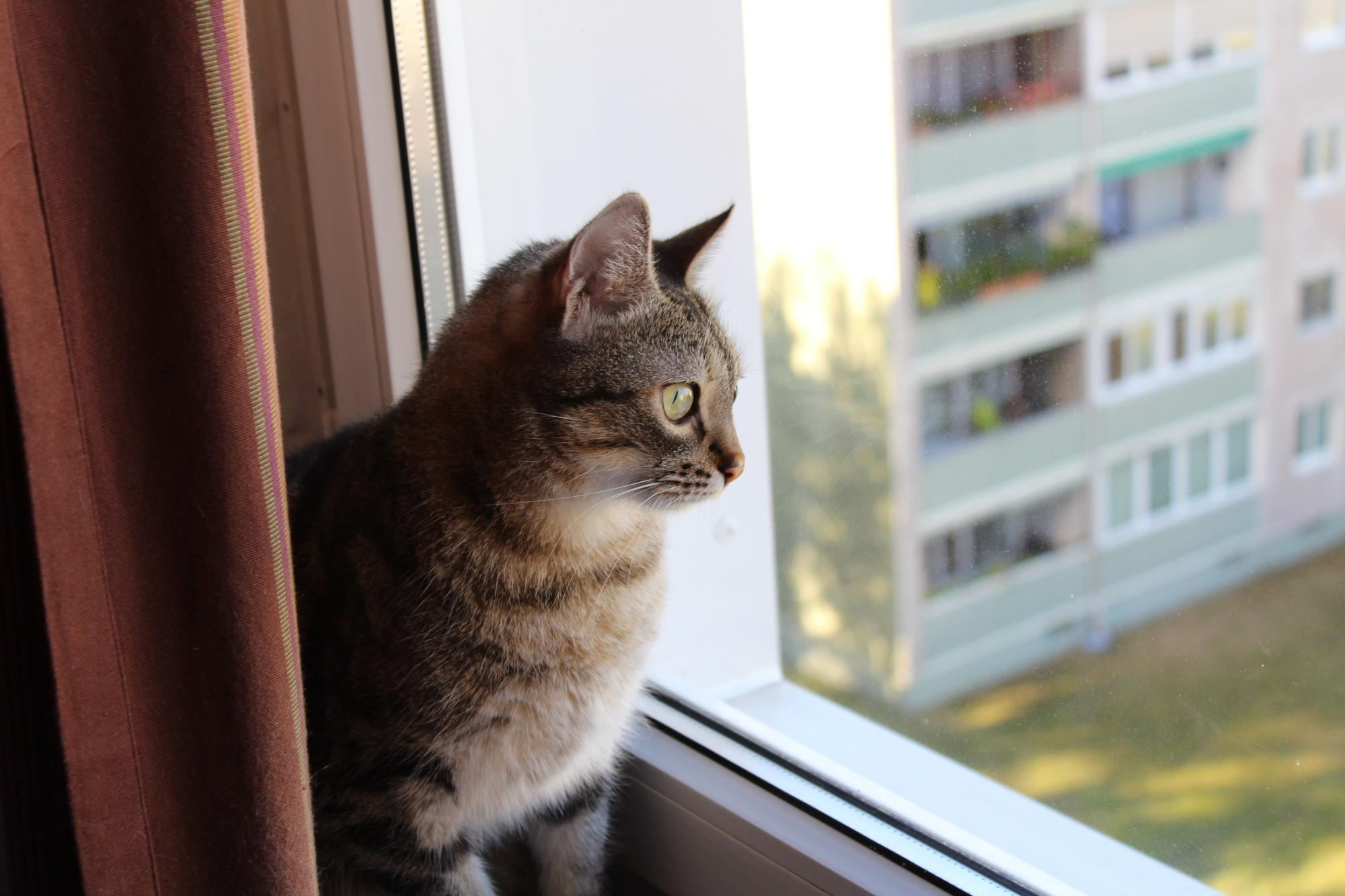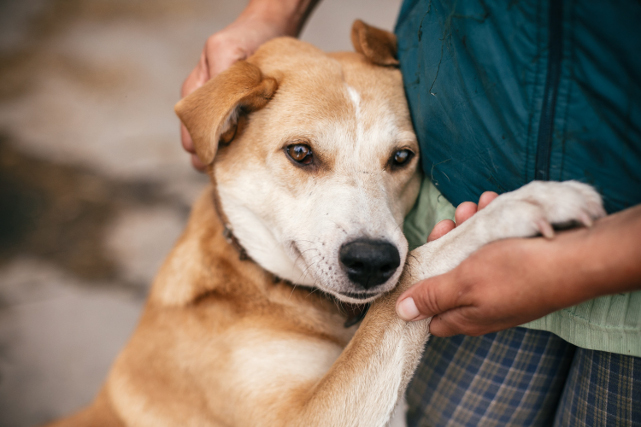If you have decided that adopting a bunny (or two) would be perfect for you and your household, you can prepare for their arrival using these tips for cage training and house training for rabbits.
To start, you will want to find a cage even if you decide to give your bunny the run of the house. It is nice to be able to confine your pet now and then, especially when litter training and at night for safety and for your own peace of mind. It also may be your choice to keep your rabbit in a cage normally, and let your bunny out for exercise each day.
If you live in a part of Burnaby or the Lower Mainland in BC where there’s space to keep your bunny in a cage outside, or you want to keep him or her inside but allow them freedom to run in a well-enclosed yard during the day, please remember to take your rabbits into the house at night. Rabbits are considered to be prey by most animals, so by taking them inside every night you lessen the risk of harm coming to your pet.
Cage Training Tips for Rabbits
If you decide to keep your bunny in a cage most of the time, be sure to prepare a room or a safe place in a room or in the yard where your little pet can get the exercise he or she needs. Let them jump and run free for two or more hours a day. If you are using a room inside your home, train your pet to use a litter box so there isn’t a mess to clean up every day.
- Choose the Best Cage for Your Bunny
- The right size and type – Most important is getting a cage big enough to house your pet (or pets, if you have decided to adopt two at once). It must be big enough for a litter tray and a little hidey box, as well as room to play, eat, and sleep.
- If your rabbit is less than 8 pounds when it is fully grown, you need a cage at least 24” by 36”; buy one that is 30” by 36” for larger rabbits. Your rabbit should be able to stand on his or her hind legs without touching the top of the cage.
- Wire sides give a bunny good airflow and lots of natural light—diffused sunlight is perfect. If the sides are tall enough, an open top is wonderful as long as the bunny can’t jump out and escape.
- A side door helps. Your rabbit needs the ability to get in and out of the cage without your help; a side door allows that. When it is time for your bunny to come out, leave the door open; when it is time to go back inside, take your bunny to the cage but let him or her enter without your assistance. Clap your hands softly behind and say, “Cage time.” Also, don’t reach into the cage to get food or water dishes when the bunny is inside. The cage is his or her personal space.
- Solid flooring – If the bottom of the cage is made of wire, cover part of it with something solid like plywood or heavy cardboard. The litter box must be solid, too. Bunnies can develop problems with sores on their feet if they stand on wire floors for too long.
- Leave room for a “hidey” box. Rabbits love to burrow and they enjoy their privacy, especially when they’re asleep. There should be a covered box in the cage for the bunny to crawl inside and hide.
- A litter tray should fit nicely inside the cage and leave your bunny enough room to sleep, play, and eat.
- Don’t forget to attach a water bottle to the cage’s side to supply fresh water daily.
- Provide Bedding, Food, and Litter
- The litter box should contain organic litter made of paper or wood pulp, and also some hay on which a bunny can munch on when it’s using the box.
- Cover the bottom of the cage with straw, and add grass hay over it for your bunny to eat.
- Provide items that your bunny can chew on, such as rabbit chew sticks and cardboard items such as paper towel and toilet rolls.
- Provide a Runway for Your Bunny’s Exercise Routine
- Portion off a sizable area in a room where your bunny can exercise and hop around safely. Bunny-proof the area so there is nothing your little rabbit can chew on and destroy such as wooden furniture, and nothing that can harm him or her such as electrical cables and cords or plants.
- House training is a very good idea even for caged bunnies. When your bunny is outside the cage for exercise or for playtime with you, train your bunny to use the litter box using the same methods used to train a kitten. This will take only a week or two.
- Keep the cage clean, and clean it when your bunny is not inside it. Change the hay daily and use white vinegar to scrub down the floor and the litter box once a week.
House Training Tips for Rabbits
Before letting your bunny roam freely around the home, keep him or her confined to the cage and a portion of a room until their litter training is completed. Enlarge the free area gradually until it’s okay for your bunny to explore the entire room—and eventually other rooms—without forgetting where the litter box is located.
- Bunny-Proof Your Home
- Conceal cords and cables. Rabbits love to chew, and these items are the right size and texture to be very tempting. Keep them out of reach.
- Protect wooden baseboards and furniture. Put up plastic barriers to protect baseboards and use plastic shields for the wooden legs of furniture. If you have a lot of wooden furniture in a room, it’s best you keep your bunny out of that room altogether.
- Hide dangling upholstery and carpet ends. As well as tucking away any tempting loose threads or cloth, you can prevent your bunny from chewing on the underside of an upholstered chair or sofa by placing a plastic runner underneath.
- Provide a Good Litter Box and Litter
- A litter box suitable for cats also works for rabbits. The box should be big enough that litter can’t get kicked out. However, if your rabbit is a big “litter kicker,” consider getting an enclosed box with a cover over the top.
- Choose the same litter for the litter box outside the cage as the type used inside the cage.
- Don’t forget to provide hay on which your bunny can munch on while using the litter box.
- Make Sure Your Bunny has all the Comforts of the Cage
- Provide lots of chewable toys to occupy your little rabbit and to discourage him or her from chewing on household items.
- Have a water dish, a food dish, and a bed with hay, as well as a litter box outside the cage.
Provide These Necessities for Both Caged and House-Free Bunnies
Whether your rabbit spends most of the time in the cage or most time running free, the following necessities are always important:
- Consult an Experienced Veterinarian. Our rabbit veterinarian has had special training to deal with rabbits. Call Dr. Sheelagh Shanahan in advance before you take your bunny to her for a visit.
- Playtime with You. Rabbits are very social creatures and they need interaction with their owners. They will follow you around if they can and will greet you when you approach. Most bunnies like to be cuddled and they all become very attached to their pet parents. If you don’t have a lot of time available to socialize, consider buying a pair of rabbits together.
- Natural Light and Even Temperatures. Rabbits like natural light and filtered sunlight. They also thrive in mild, even temperatures.
- Keep Loud Noises and Predators Away. Rabbits are fearful of loud noises and many household pets, too. If you own a dog or cat, keep the bunny’s cage up high so the dog can’t sniff around it. Keep other pets out of the room when the bunny is enjoying playtime outside the cage.
- Spaying or Neutering. About 80% of female rabbits develop cancer of their reproductive organs before reaching six years of age or even earlier if they are not spayed. Unneutered males, after four to six months, develop biting, scratching and grunting behaviors, spray their urine around and refuse to use their litter boxes. After spaying or neutering, rabbits are more easily litter box trained, and are happier and healthier.
Prepare for your new pet’s arrival with these useful tips for cage training and house training for rabbits. Bunnies make great companions. Have fun!
Creative Commons Attribution: Permission is granted to repost this article in its entirety with credit to Hastings Veterinary Hospital and a clickable link back to this page.






